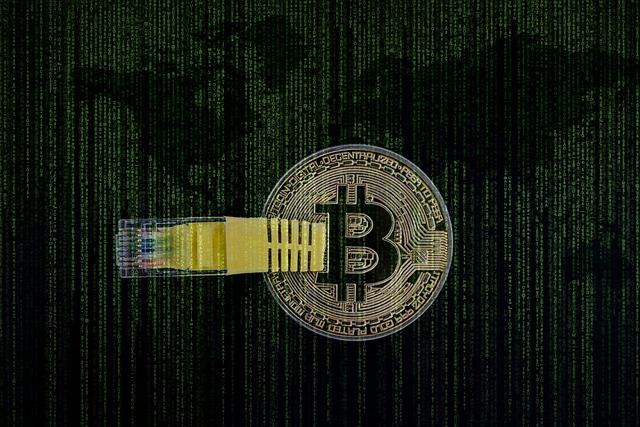Introduction
Cardano, a blockchain platform founded by Charles Hoskinson, has been working towards creating a decentralized future for nearly a decade. With its unique approach to blockchain development and commitment to research and innovation, Cardano aims to establish itself as a leading player in the cryptocurrency space. In this article, we will delve into Cardano’s vision for a decentralized future and explore its key features, benefits, and potential implications.
Key Features of Cardano’s Decentralized Future
Cardano’s decentralized future is based on several key features, including:
1. **Ouroboros Consensus Algorithm**: Cardano’s consensus algorithm, Ouroboros, is designed to be more energy-efficient and scalable than traditional proof-of-work algorithms. It achieves this through a novel approach called “Byzantine Fault Tolerance” (BFT), which allows for faster transaction validation times while maintaining the security of the network.
2. **Smart Contracts**: Cardano’s smart contract platform, Haskell-based Plutus, enables developers to create decentralized applications (dApps) with unprecedented flexibility and scalability. This feature is particularly well-suited for enterprise adoption, as it allows businesses to build customized applications that can be deployed on a blockchain network.
3. **Decentralized Finance (DeFi)**: Cardano’s DeFi ecosystem is designed to provide secure, transparent, and accessible financial services to individuals and institutions alike. Its native cryptocurrency, ADA, is used for transaction fees and incentivizes participation in the network.
4. **Interoperability**: Cardano aims to establish a decentralized internet of blocks (IoB), where different blockchain networks can communicate and interact seamlessly. This will enable the creation of complex decentralized applications that span multiple blockchain networks.
Benefits of Cardano’s Decentralized Future
Cardano’s decentralized future has several benefits, including:
1. **Improved Security**: By utilizing advanced consensus algorithms like Ouroboros, Cardano’s network is more resistant to 51% attacks and other forms of malicious activity.
2. **Increased Scalability**: The use of Ouroboros and smart contracts enables faster transaction processing times while maintaining the security of the network.
3. **Enhanced Interoperability**: The IoB concept facilitates seamless communication between different blockchain networks, enabling the creation of complex decentralized applications.
4. **Greater Accessibility**: Cardano’s DeFi ecosystem provides secure, transparent, and accessible financial services to individuals and institutions alike.
Potential Implications
Cardano’s decentralized future has significant implications for various industries, including:
1. **Finance**: Cardano’s DeFi ecosystem has the potential to disrupt traditional banking systems by providing secure, transparent, and accessible financial services.
2. **Supply Chain Management**: The use of blockchain technology can enhance supply chain management by providing real-time tracking and inventory management capabilities.
3. **Identity Verification**: Cardano’s decentralized identity verification system can provide individuals with greater control over their personal data.
Conclusion
In conclusion, Cardano’s vision for a decentralized future is built on several key features, including its Ouroboros consensus algorithm, smart contract platform, DeFi ecosystem, and interoperability capabilities. These features have significant benefits, such as improved security, increased scalability, enhanced interoperability, and greater accessibility. As the world continues to move towards a decentralized future, Cardano is well-positioned to play a leading role in shaping this new reality.
Tags
blockchain, cardano, decentralized, decentralized finance, distributed ledger technology, fintech
